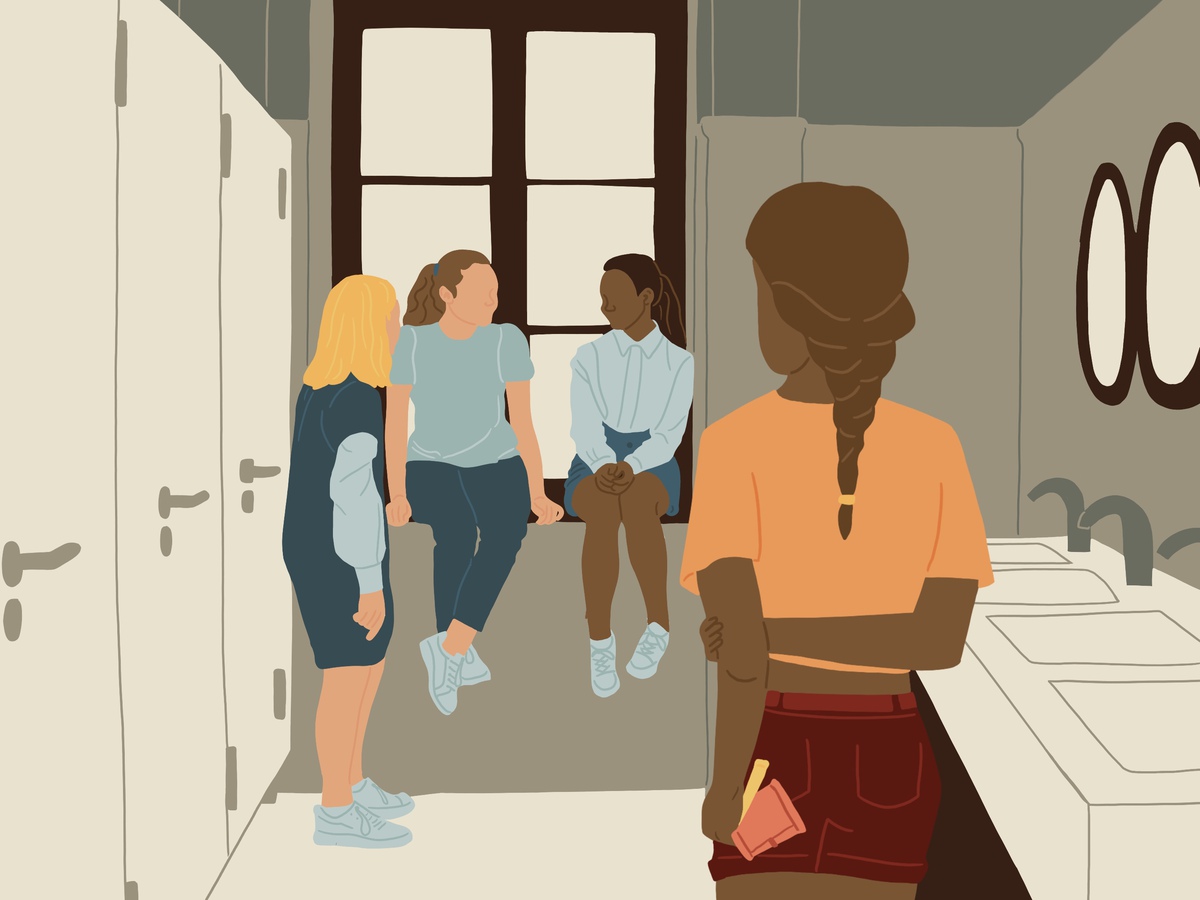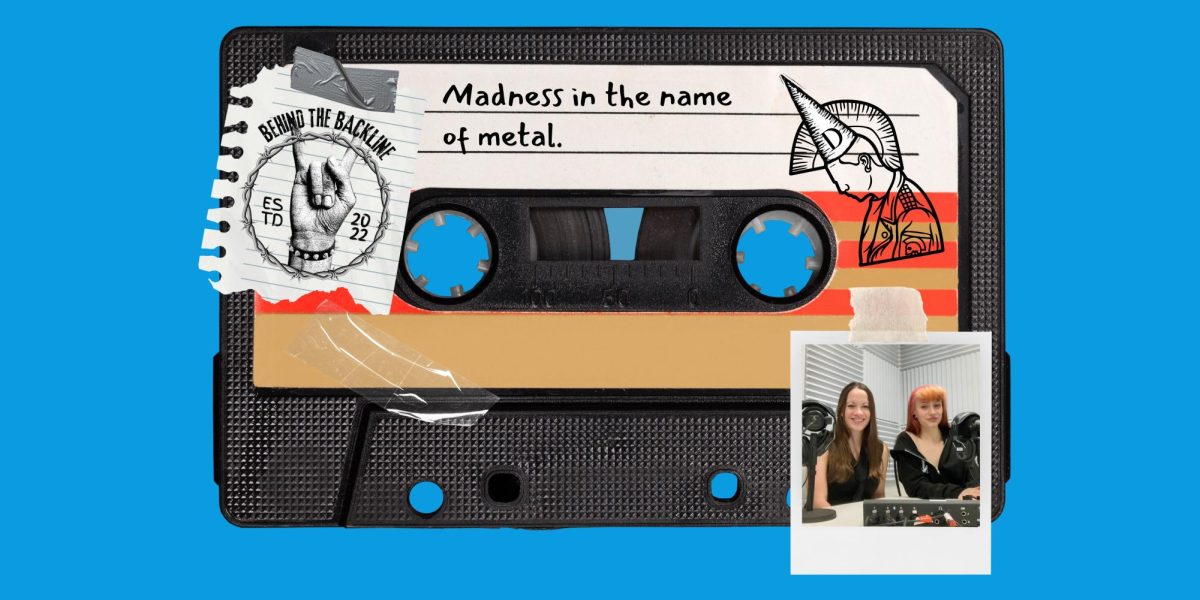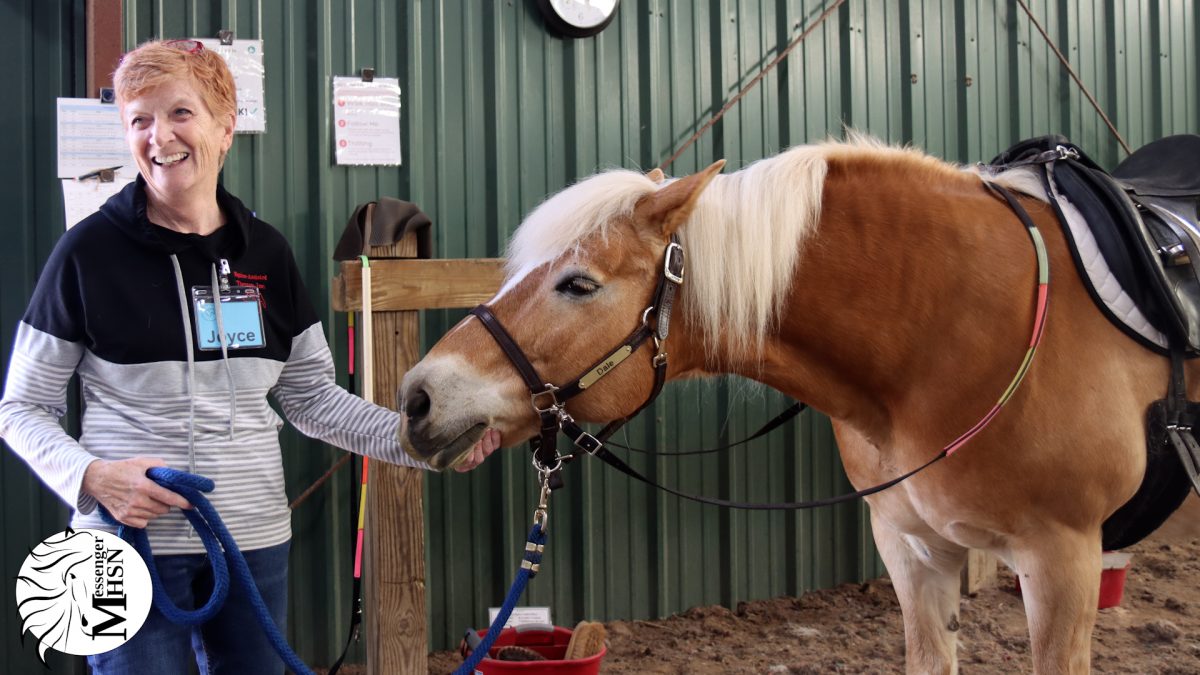“Oh, you’re a girl?!” “But wait, you’re too good to be a girl gamer.”
Over time, these deprecating remarks have become running jokes. Still, they serve as reminders of the bias that exists within a still male-dominated industry. According to Statista, a staggering 47% of female gamers have reported that they were victims of gender discrimination while gaming online. While they may not be the victims of such statements every day, there is a prevalent stigma surrounding gender roles in gaming where women are not always welcomed.
The verbal harassment female gamers face stems from social constructs about the role of women in society. This bias is prevalent in both the mistreatment of professional female esports players and the oversexualization of feminine characters within video games. The issue lies in the ignorance of this harassment, as people insist that their comments are just jokes, turning the responsibility on female gamers if they feel offended, humiliated or undermined.
“When girls show cool moves in video games, many guys may comment, ‘That’s so easy, I could do it too,’” junior and gamer Sophie Mak said. “They don’t think it’s a big deal when female gamers do something, nor do they support them.”
The anonymity in games can sometimes serve as a harmful shield for gamers, encouraging unfiltered, rude remarks as they focus on the gender rather than the skills of the player. At more professional levels of gaming, however, it seems that prejudice is less prevalent or explicit as players have more respect for each other.
“As a female gamer, you can be seen as worse or incompetent,” alumnus and collegiate gamer Janet He said. “Even if someone has a lot of experience in a game, their gender identity can get pushed out more than how much they’ve played a game.”
In addition to insensitive comments, game design also plays a role in displaying unrealistic standards of characters, accentuating gender stereotypes. Many games are typically created with a male audience in mind, and such was the design rationale behind one of the first oversexualized female characters — Lara Croft in “Tomb Raider,” who wore overly-skimpy clothes to battle — before later being redesigned.
“When playing a video game, you’re aligning and merging with your character,” said Teresa Lynch, professor of Communication Technology at Ohio State University. “After disconnecting from those characters, people may feel dissatisfied with their appearance because of internalized ideals and objectification.”
Through visual incentives, gaming companies try to entice their target market to spend money on parts of the game, sometimes choosing to prioritize characters’ appearances over storyline or other aspects of the game. Female characters frequently feature exaggerated physiques and body proportions, including larger breast sizes, skinny waists and hourglass bodies. Costumes and armor for female characters also barely cover their bodies, revealing excessive skin. Some customization features require payments, and these visual appeals to entice purchases can serve as business tactics. Furthermore, the majority of female game characters often play supporting roles in the games, perpetuating the stereotype of a “subordinate” role. Yet, the same tactics gaming companies employ to attract gamers exclude a large demographic of potential female gamers.
“What a game looks like can certainly be a hook,” He said. “I understand it from a marketing standpoint, but in the long run, it’s not good for societal standards.”
Indeed, the misrepresentation of female game characters has marginalized the community of female gamers, deterring them from games where they find themselves objectified. Despite nearly half of gamers in the United States being female, only around 30% of people working in the gaming industry are women.
Addressing and combatting sexism in video games is a vital step in being inclusive of female gamers and forging a welcoming gaming culture. One way to discourage online harassment of female gamers is by spreading awareness through the media. Gaming platforms could place higher restrictions on the content allowed in comments and chats, and enforce clearer rules on inappropriate topics.
Furthermore, video game designers can help educate the public through community events, game messages and reminders to stay friendly and positive in chats. Gaming companies can partner with clubs or organizations that support women’s rights such as Girls Who Code and Black Girl Gamers to host talk shows and webinars that promote gender inclusivity.
“We toured Roblox several years ago with a club where there was a full panel of female speakers who were able to talk to the girls about their role and how they got there,” Girls Who Code San Jose co-advisor Ana Reed said. “When we toured Zynga, an online gaming company based in San Francisco, we met with a group called Women of Zynga and they had their own safe space.”
Players, particularly female gamers, should also be encouraged to speak up about their encounters with harassment or discrimination and share their stories. The gaming community as a whole stands to benefit from hearing each others’ stories: girls who have experienced similar issues may feel heard and understood by their fellow gamers, while others may be inspired to take action against cases of harassment.
For instance, Activision Blizzard, a video game holding company that owns multiple games including “Call of Duty” and “Overwatch,” faced numerous lawsuits regarding sexual harassment in their workplace. California’s Civil Rights Department filed a lawsuit against Activision Blizzard, now under the ownership of Microsoft, in July 2021 for its sexist practices, which later turned into a class action lawsuit that settled for $54 million in December 2023. Previously, it had paid $18 million in a settlement with the US Equal Employment Opportunity Commission over similar issues.
Regarding the sexualization of female characters, certain video games can be improved by including more gender-inclusive depictions of characters. Instead of using stereotypical, sexualized game characters, companies can work to create ones that represent women in a more realistic light, which also includes a variety of skin tones, body sizes and physical appearances. By offering more in depth character customization tools, video games can better meet different players’ aesthetic preferences while extending character diversity.
Some gaming companies already accomplish this, such as “Animal Crossing: New Horizon,” where players can customize their character’s clothing, hairstyle, facial features and other components that help foster gender inclusivity. “Baldur’s Gate 3” also has extensive customization options that allow its players to choose non-binary genders when customizing its characters, which differs from most games that have players build their characters beginning with a default body type.
“Gaming companies can become more gender inclusive, moving away from stereotypical designs, but that change requires time,” junior and gamer Luthien Wang said. “The best advice I can currently give to female gamers is to ignore offensive comments and to not take them to heart. The offender is being extremely immature and you don’t have to indulge them. But if it gets repetitive or annoying, you can report them.”
This story was originally published on The Epic on February 12, 2024.





![With the AISD rank and GPA discrepancies, some students had significant changes to their stats. College and career counselor Camille Nix worked with students to appeal their college decisions if they got rejected from schools depending on their previous stats before getting updated. Students worked with Nix to update schools on their new stats in order to fully get their appropriate decisions. “Those who already were accepted [won’t be affected], but it could factor in if a student appeals their initial decision,” Principal Andy Baxa said.](https://bestofsno.com/wp-content/uploads/2024/05/53674616658_18d367e00f_o-1200x676.jpg)






![Junior Mia Milicevic practices her forehand at tennis practice with the WJ girls tennis team. “Sometimes I don’t like [tennis] because you’re alone but most of the time, I do like it for that reason because it really is just you out there. I do experience being part of a team at WJ but in tournaments and when I’m playing outside of school, I like that rush when I win a point because I did it all by myself, Milicevic said. (Courtesy Mia Milicevic)](https://bestofsno.com/wp-content/uploads/2024/06/c54807e1-6ab6-4b0b-9c65-bfa256bc7587.jpg)








![The Jaguar student section sits down while the girls basketball team plays in the Great Eight game at the Denver Coliseum against Valor Christian High School Feb. 29. Many students who participated in the boys basketball student section prior to the girls basketball game left before half-time. I think it [the student section] plays a huge role because we actually had a decent crowd at a ranch game. I think that was the only time we had like a student section. And the energy was just awesome, varsity pointing and shooting guard Brooke Harding ‘25 said. I dont expect much from them [the Golden Boys] at all. But the fact that they left at the Elite Eight game when they were already there is honestly mind blowing to me.](https://bestofsno.com/wp-content/uploads/2024/05/IMG_7517-e1716250578550-900x1200.jpeg)









![BACKGROUND IN THE BUSINESS: Dressed by junior designer Kaitlyn Gerrie, senior Chamila Muñoz took to the “Dreamland” runway this past weekend. While it was her first time participating in the McCallum fashion show, Muñoz isn’t new to the modeling world.
I modeled here and there when I was a lot younger, maybe five or six [years old] for some jewelry brands and small businesses, but not much in recent years,” Muñoz said.
Muñoz had hoped to participate in last year’s show but couldn’t due to scheduling conflicts. For her senior year, though, she couldn’t let the opportunity pass her by.
“It’s [modeling] something I haven’t done in a while so I was excited to step out of my comfort zone in a way,” Muñoz said. “I always love trying new things and being able to show off designs of my schoolmates is such an honor.”
The preparation process for the show was hectic, leaving the final reveal of Gerrie’s design until days before the show, but the moment Muñoz tried on the outfit, all the stress for both designer and model melted away.
“I didn’t get to try on my outfit until the day before, but the look on Kaitlyn’s face when she saw what she had worked so hard to make actually on a model was just so special,” Muñoz said. “I know it meant so much to her. But then she handed me a blindfold and told me I’d be walking with it on, so that was pretty wild.”
Caption by Francie Wilhelm.](https://bestofsno.com/wp-content/uploads/2024/05/53535098892_130167352f_o-1200x800.jpg)








